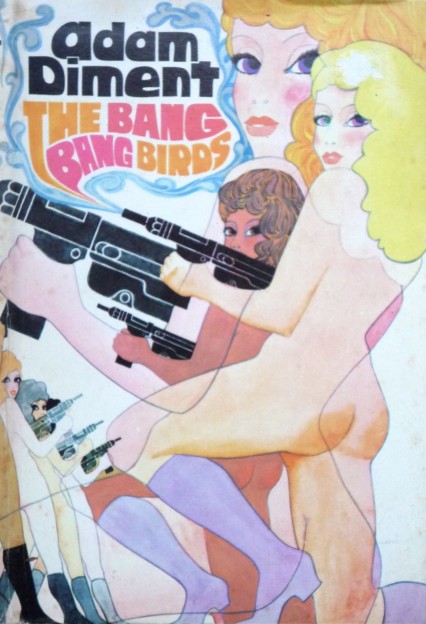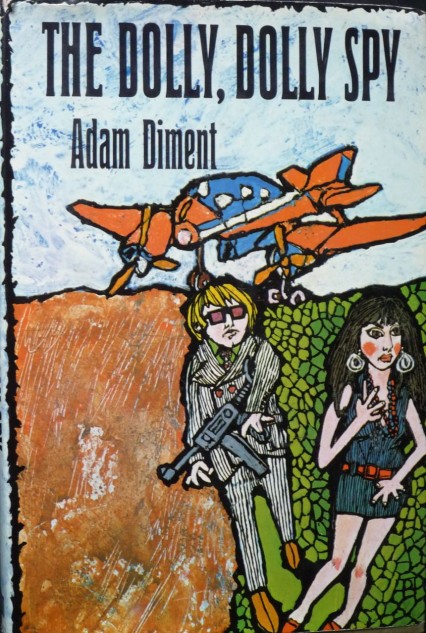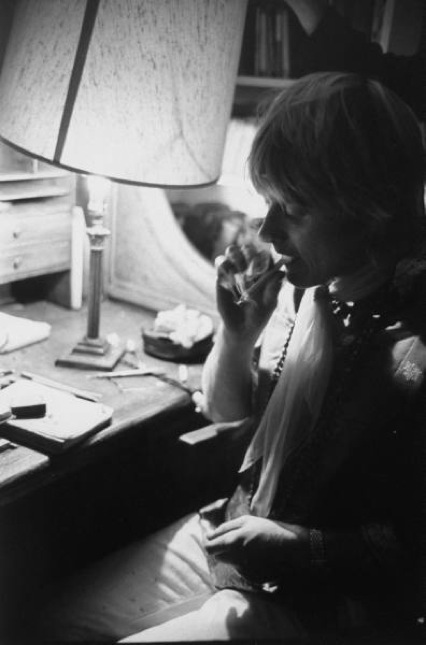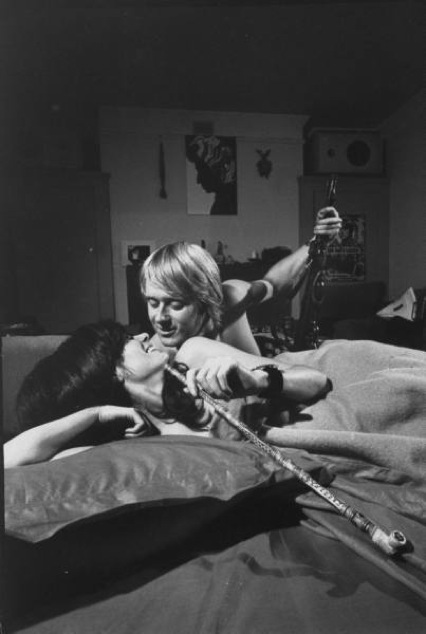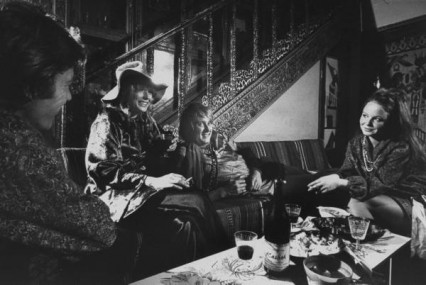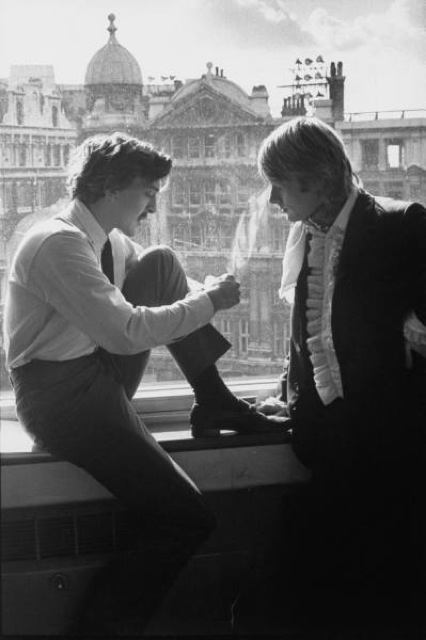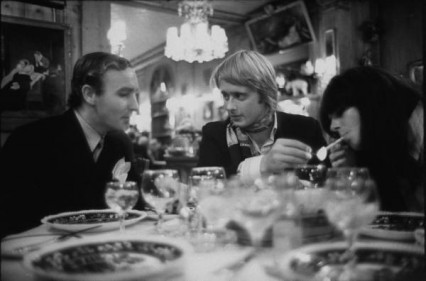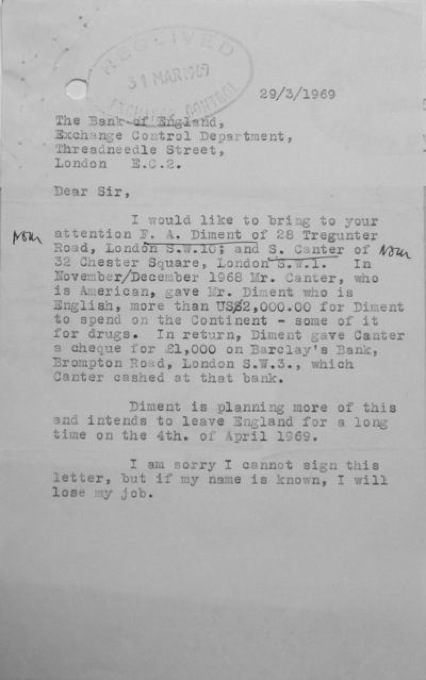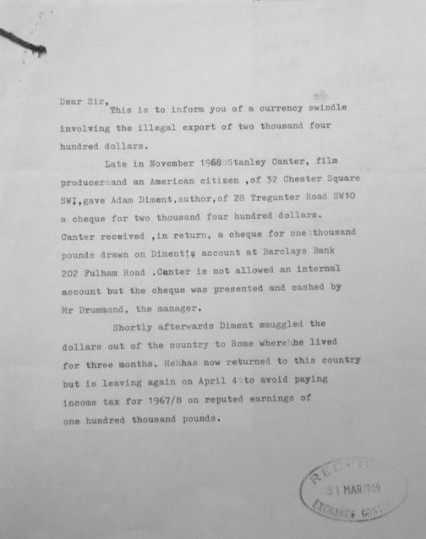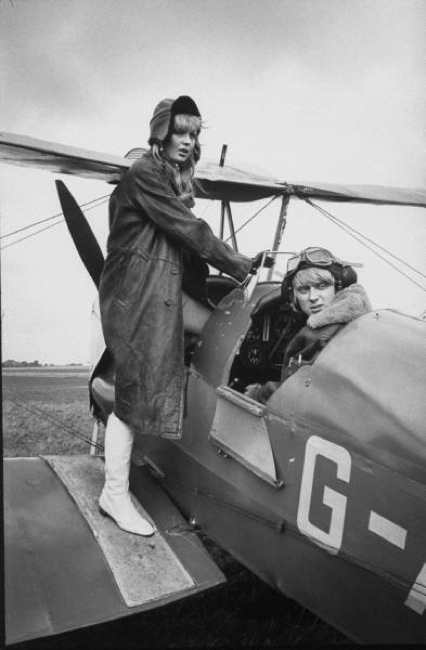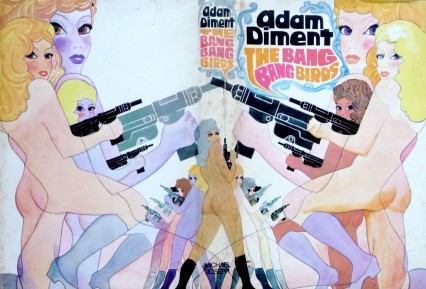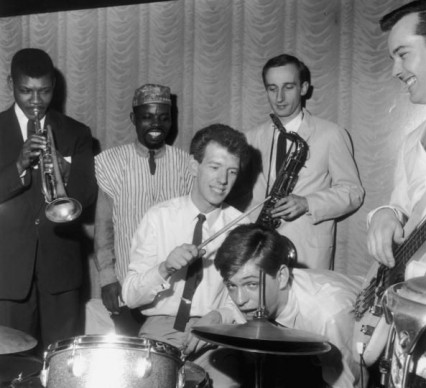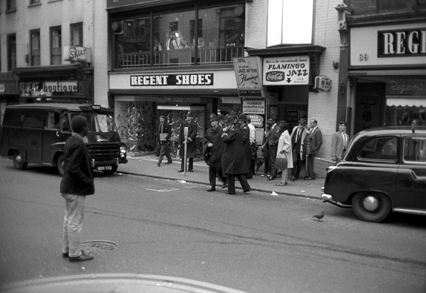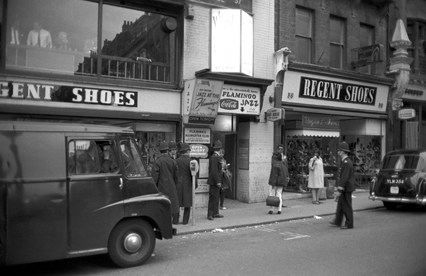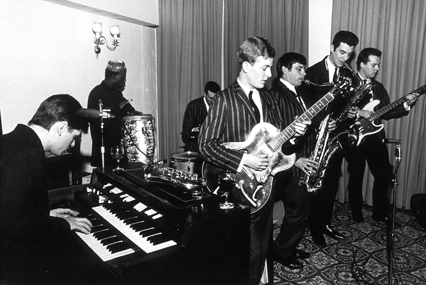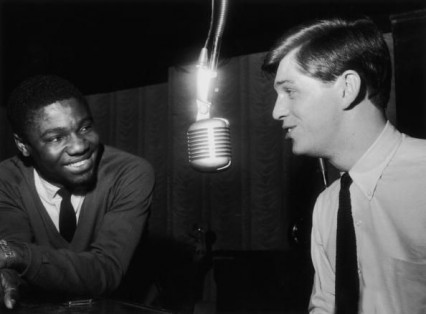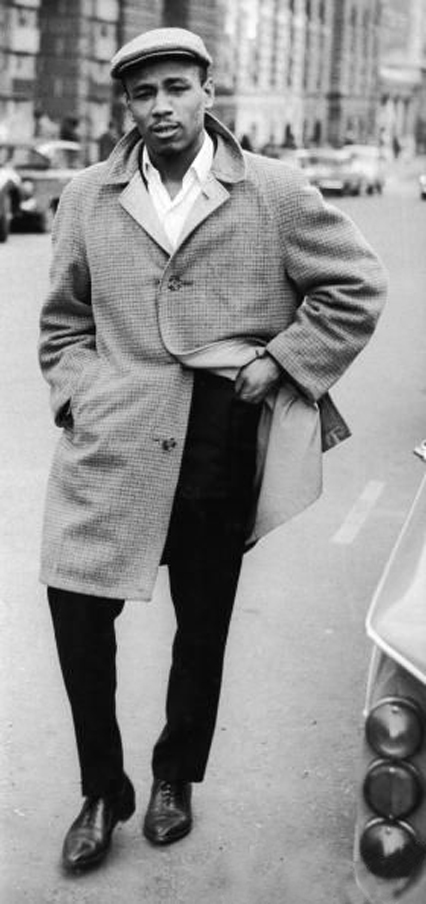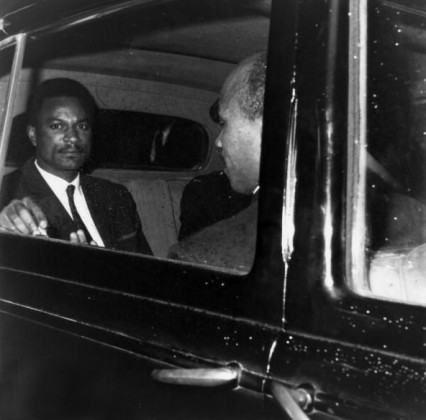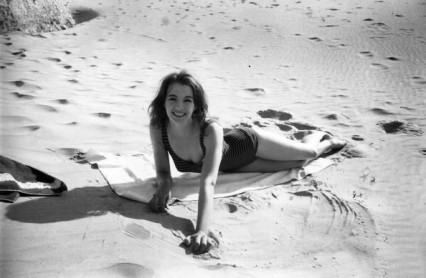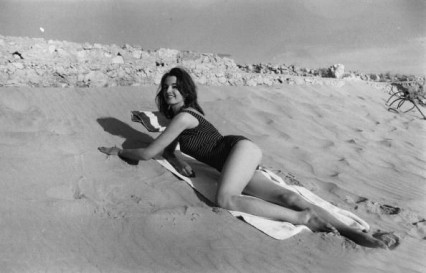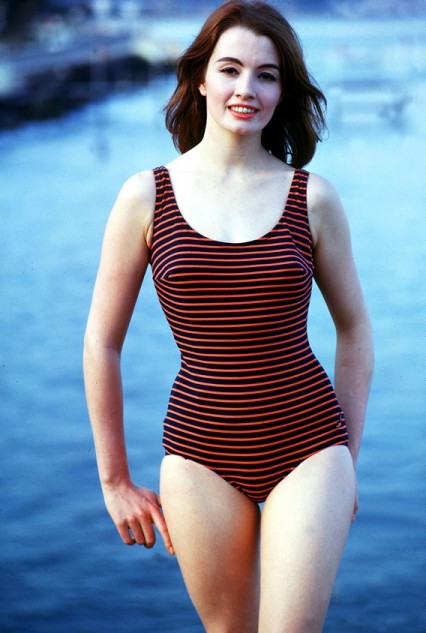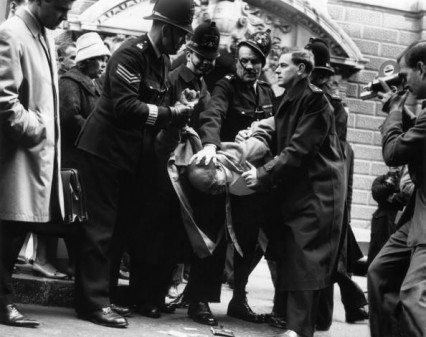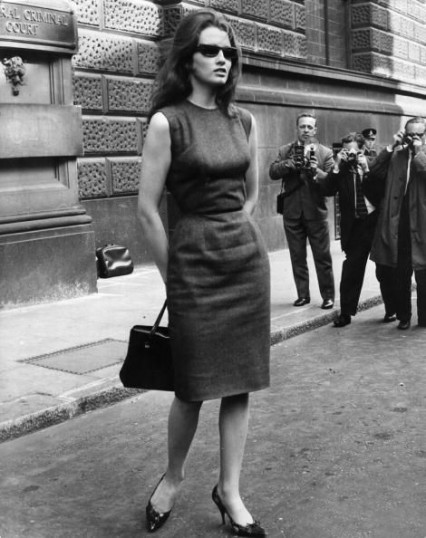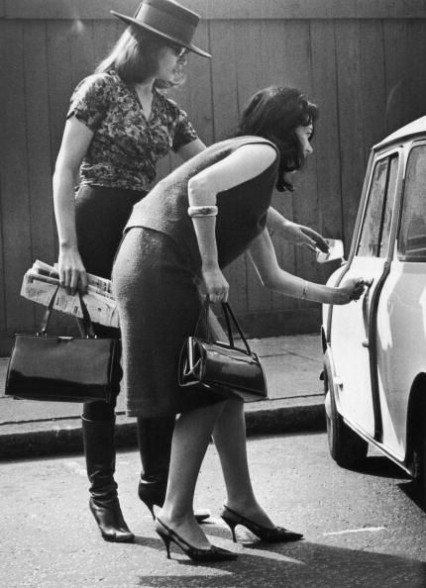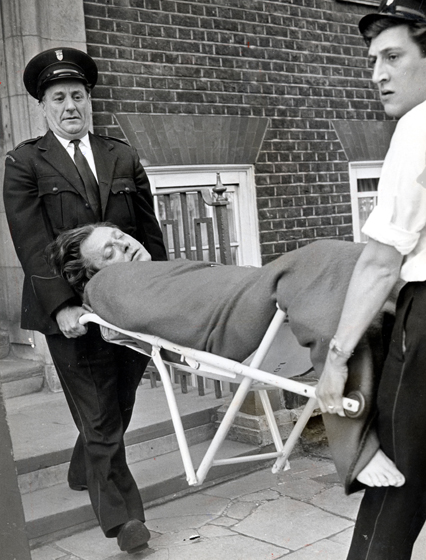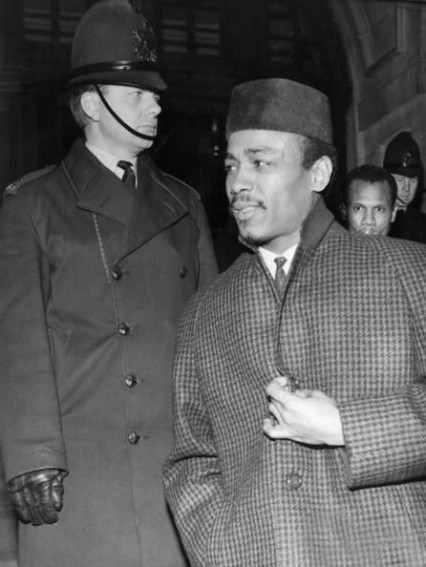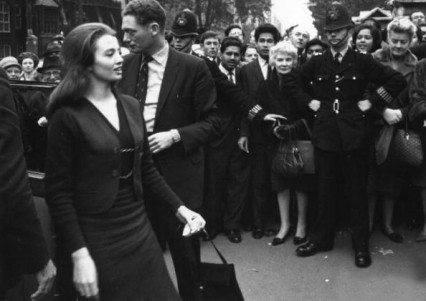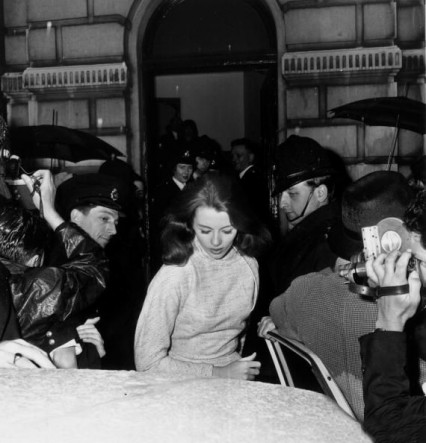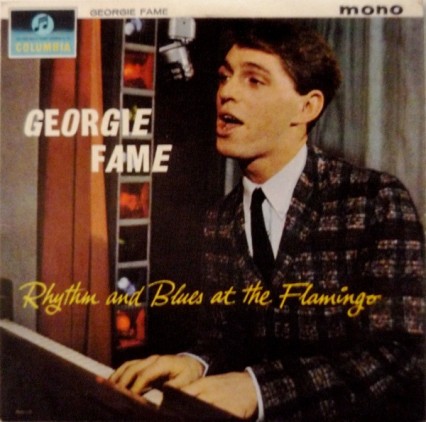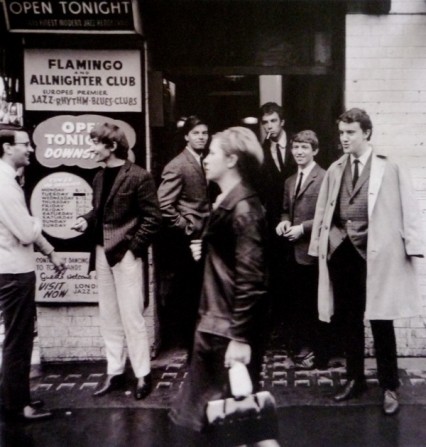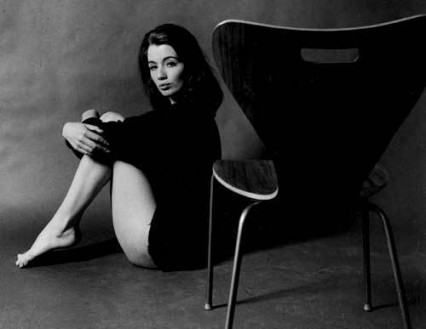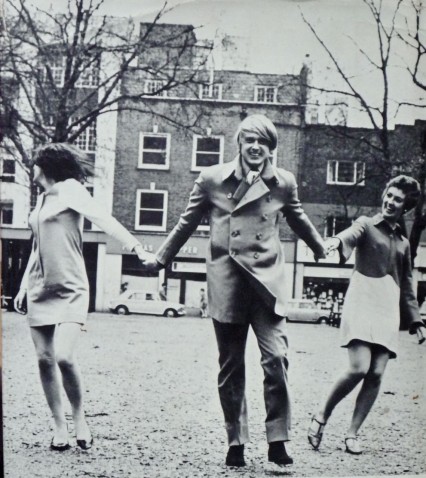
The author Adam Diment in 1967 with two lovely ladies. In the distance, at 120 King’s Road is the Thomas Crapper shop. It had just closed down.
The October 1967 edition of Michael Heseltine’s Town magazine featured an interview with the fashionable twenty-three year old author Adam Diment. The introduction said that he was:
“Hoping to move from his Fulham Road flat to trendy King’s Road, where his tight pink trousers and matching floral shirt will be more appreciated.”
In the late sixties moving a few hundred yards from one area of west London to another was like travelling to a different country. Diment knew he could afford the expensive move because after the publication of his first novel The Dolly, Dolly Spy, Diment suddenly became the most talked-about author in town. That year Publishers’ Weekly wrote about the novel:
A kinky, cool mod flare that is outrageously entertaining….If you appreciate clever plotting, plenty of excitement, sex at its most uninhibited, a dollop or two of explicit sadism, Adam Diment is a name to remember.
Except he wasn’t, and Diment is almost totally forgotten about these days. He wrote three more books – The Spying Game and The Dolly, Dolly Birds which were both published in 1968 and a fourth novel Think Inc that was published in 1971. After which, suddenly, he completely disappeared from public view.
His four novels, although entertaining romps through the swinging sixties, are hugely dated these days and are peppered with the era’s casual sexism and racism that make the James Bond novels appear as if they were written by Andrea Dworkin.
“Despite her lovely body it was her face which had me hooked. I do not belong to that philistine philosophy which propounds the ‘put a sack over their heads and they’re all the same’ nonsense. I like to watch something pretty and interesting when collecting my oats, and her face is certainly that. At present she was doing a languorous chameleon change from perplexed to pout.” - The Bang Bang Birds
“She was wearing her latest acquisition, bought in a boutique in King’s Road which is a cross between an Eastern bazaar and a rugger scrum. It was very short and covered with overlapping blue and yellow flowers. Over her heart, which was almost visible because it was as low at the breast as it was short at the thighs, was a bright pink heart…as she was so brown, she had given up wearing stockings. Veronica was about as naked as you can get these days without being nicked for indecency.” - The Dolly, Dolly Spy
The books were all thrillers featuring a reluctant spy called Philip McAlpine. The sex-hungry hero was suspiciously similar in appearance to the writer and Diment, it seems, was very happy for this blurred confusion to continue. Especially, the marijuana smoking and the preponderance of girls. Fleet Street seemed genuinely intrigued with the similarity between hero and author and Atticus in the Sunday Times wrote:
Adam Diment is 23; his hero, Philip McAlpine, is based on himself. That is to say he’s tall, good-looking, with a taste for fast cars, planes, girls and pot.
While the Daily Mirror wrote:
McAlpine is the most modern hero in years. He’s hip, he’s hard, he likes birds and, sometimes, marijuana.
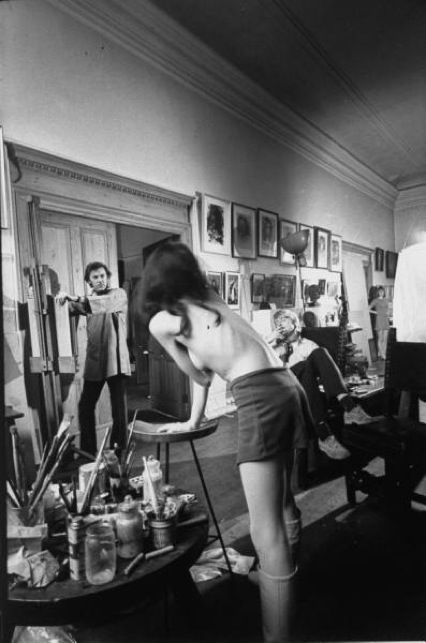
Adam “I’ve got my eyes closed I promise” Diment with Tim Whidbourne presumably pretending to paint Suzie Mandrake.
On the inside cover of the 1969 edition of The Bang Bang Birds it says that “At present THE DOLLY DOLLY SPY is being filmed with David Hemmings as Philip McAlpine. A Stanley Canter/Desmond Elliott production for release by United Artists”. It’s worth noting that David Hemmings was at the height of his career at this stage – the premier of Blow Up was in October 1967 and both The Charge of the Light Brigade and Barberella were released in 1968.
The film came to nothing and whether filming ever took place or was halted half way through nobody seems to remember. Although there are pictures of Adam seen with David Hemmings and one of the producers Desmond Elliott.
Adam Diment published his final novel Think Inc in 1971 and then completely disappeared without trace. Except for one thing. Last year a few documents relating to Adam Diment (F.A. Diment) were released by the National Archives and amongst them were two anonymous letters written in March 1969 to the department of Exchange Control of the Bank of England.
Both the letters seemed to accuse Adam Diment of some kind of currency swindle involving the export of 2400 dollars which had been paid by the film producer Stanley Canter and one letter even mentions that there were suspicions that it may have been some kind of drug-deal.
Whether the currency swindle was anything to do with the non-completion of the film of The Dolly Dolly Spy or was the cause of Diment’s disappearance, there seems to be no clue. One of the letters, however, imparts the important piece of information that Adam Diment, despite telling Town magazine otherwise, never seemed to have made the move to The King’s Road as he was still living in the tight-pink-trousers-fearing Fulham at 28 Tregunter Road.
